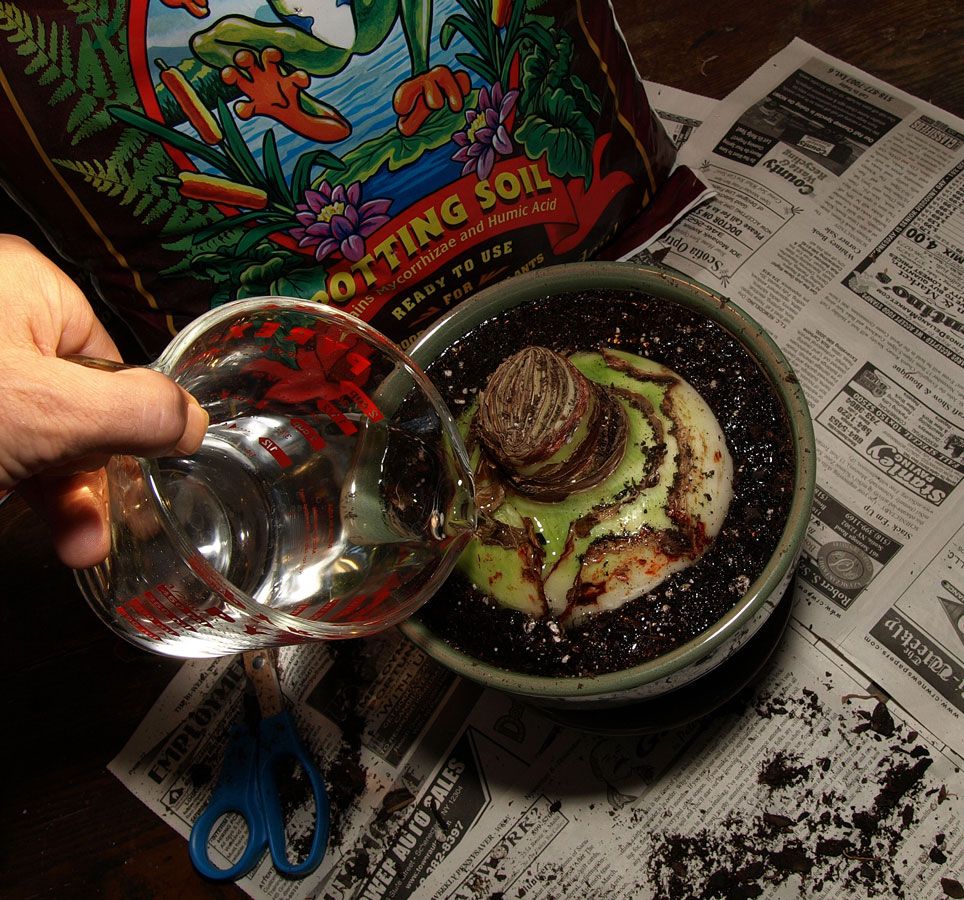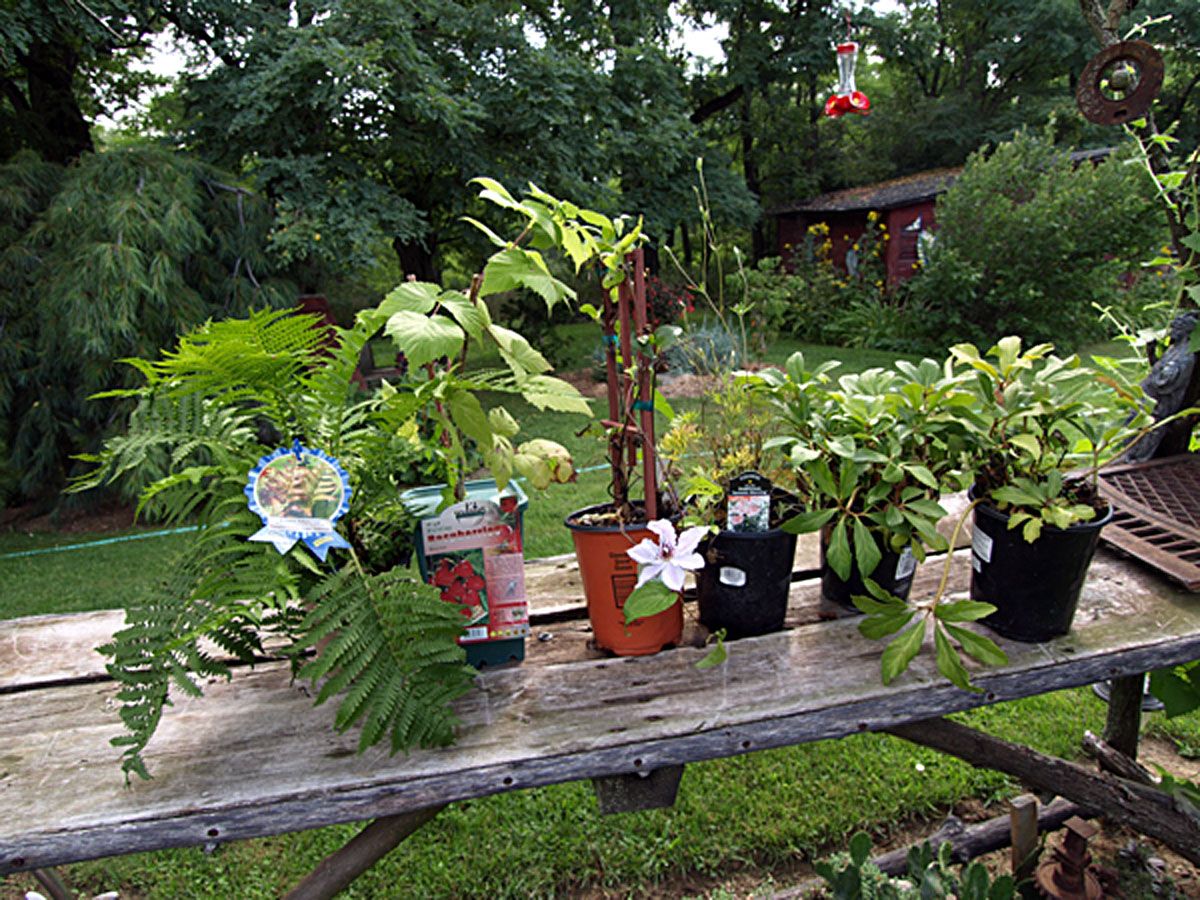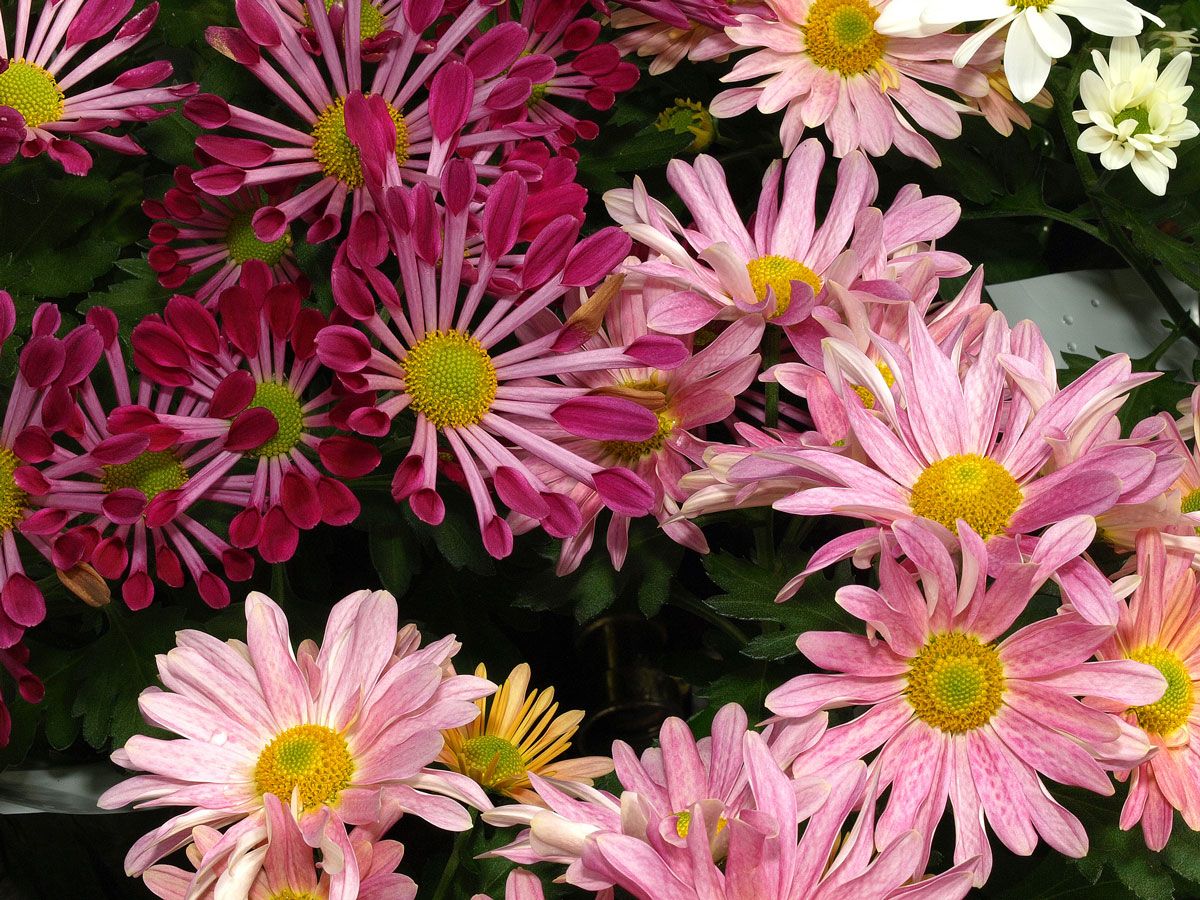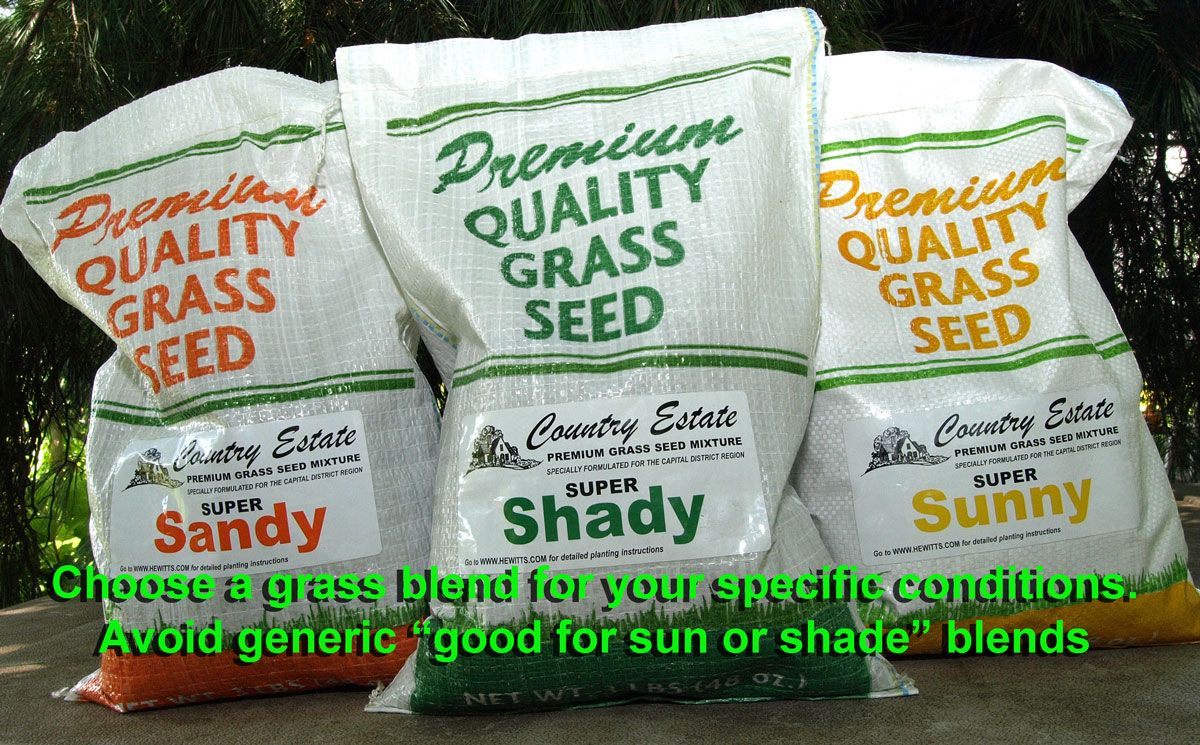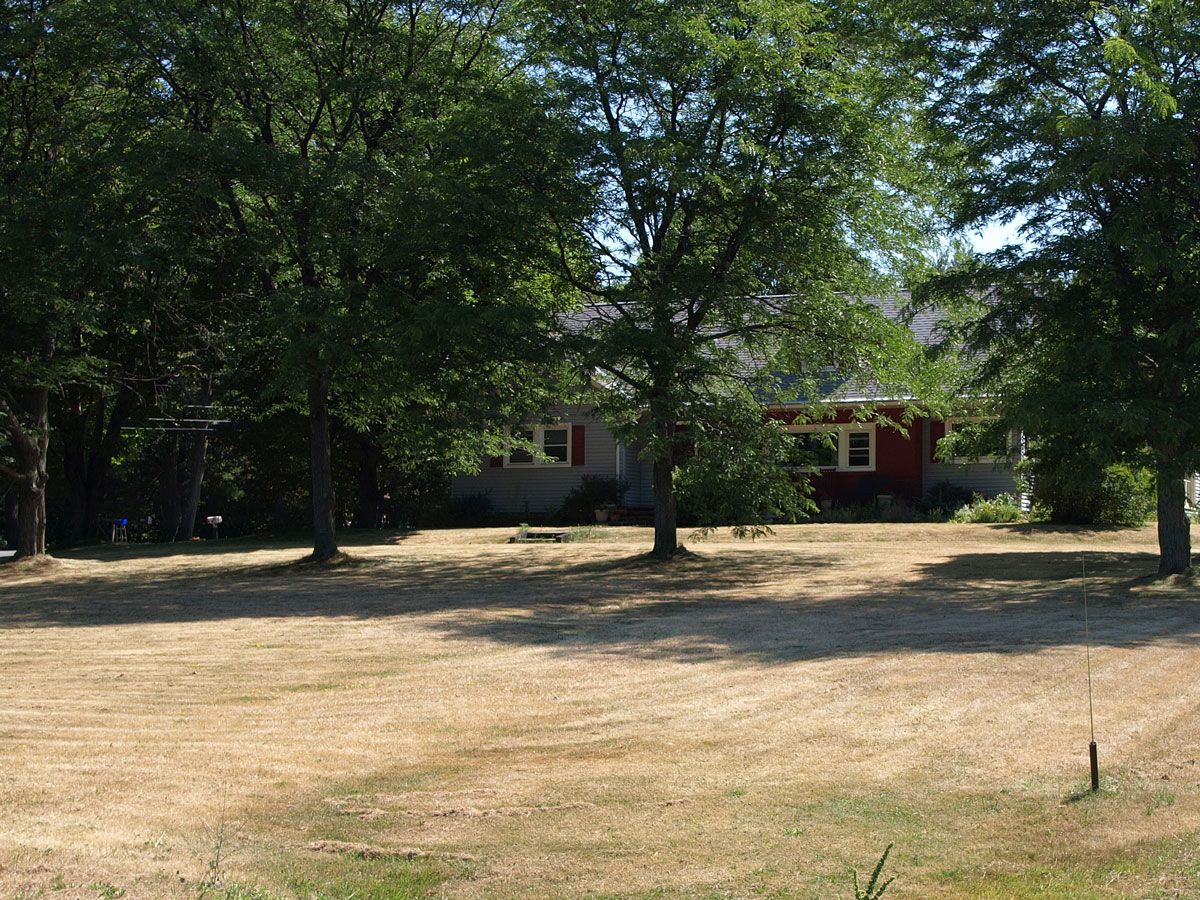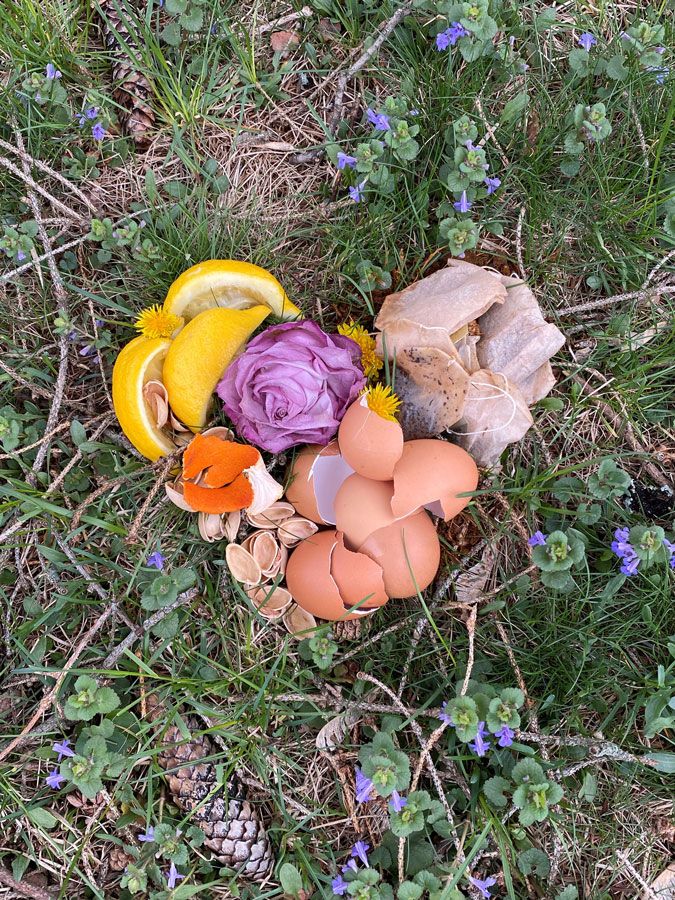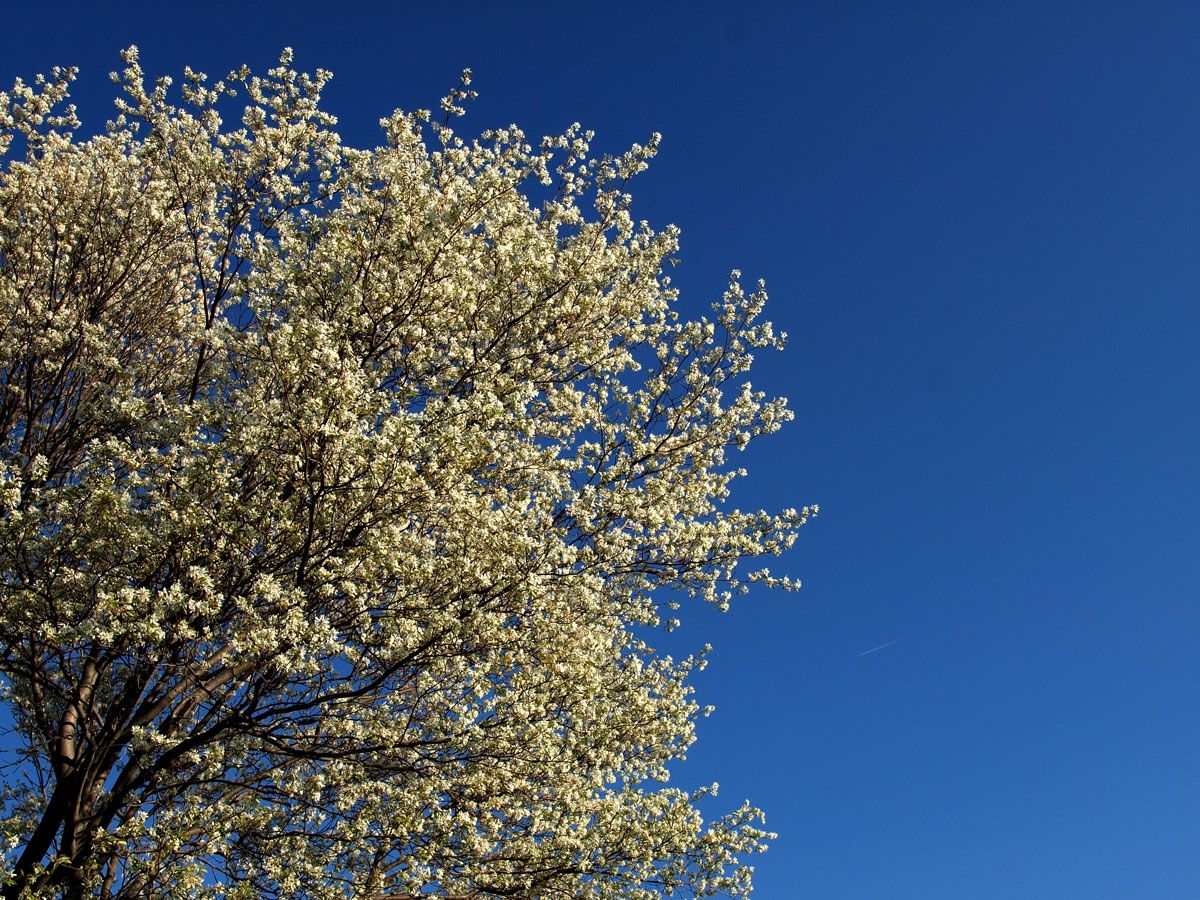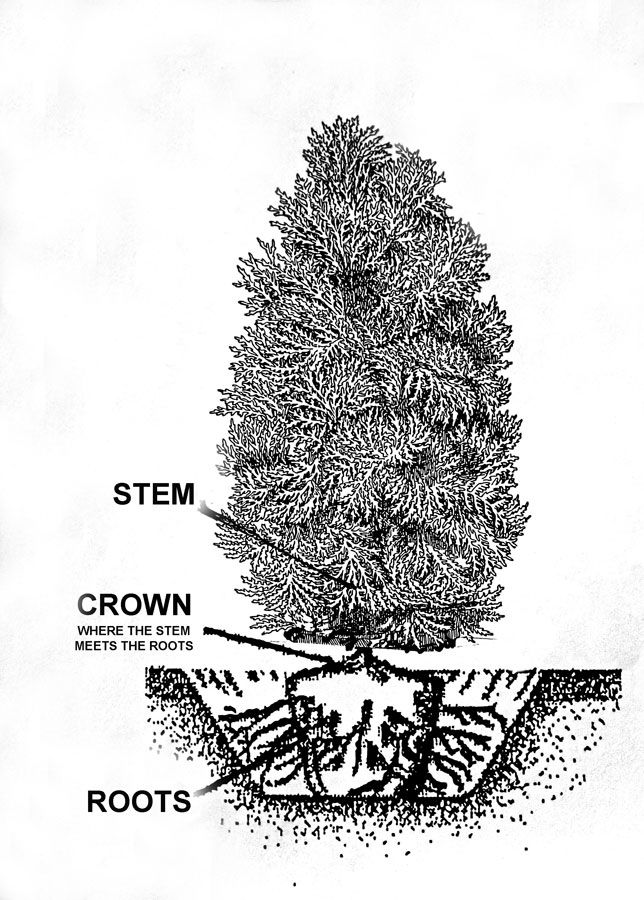Gardening with Peter Bowden: Winter Cat Grass

Neither of our cats show much interest in chewing on the houseplants but once in a while in winter, I’ll notice some nibbling on the leaves of a begonia or geranium that is spending the winter inside. I use this behavior as my cue to provide them with some grass to eat.
Among the seed packs that arrive at the garden center every January, you’ll be able to find some cat grass. Often this is a blend of grasses that cats enjoy. Oats, wheat, rye and barley make up the blend. In the past I’ve grown the oats for them and they like it. I decided to give the blend a try to see how that goes over.
It’s well known that cats eat grass. Most often the eating of grass is followed by the cat throwing up. A great many cat lovers have concluded that it is the grass that is making the cat sick. This isn’t an illogical conclusion, but it is nonetheless incorrect. Cats, in their native environment, will kill and eat small rodents like mice. They can’t digest mice hair and bones so they need to vomit to get rid of it. Cats also clean themselves with their tongues and end up swallowing a good bit of their own hair. This hair is also expelled through vomiting. What does all this have to do with them eating grass? By eating grass, cats are helping to induce their own vomiting to get rid of whatever is in their stomach that is causing their distress. In other words, if you see your cat eating grass, don’t stop it. The theory is that the grass induces vomiting since the cats can’t digest it, and it also makes the hair easier to expel. While cleaning up a bundle of grass and fur that your cat puked up isn’t pleasant, it is better than allowing those fur balls to create an intestinal blockage that requires a trip to the vet and, possibly, an expensive operation.
My cats don’t vomit after they nibble on the fresh shoots. Clearly, they enjoy it and I suspect there are more benefits for them. They wouldn’t crave it if it wasn’t something they need once in a while in winter.
Starting cat grass is the simplest thing ever. Put some potting soil in a pot, scatter in a bunch of seeds, cover with a half inch of more soil and soak it well. To hasten sprouting, I like to put the pots in a plastic bag (unsealed) until it sprouts. In a warm room, the seed will sprout in about 3 days…fast! I remove them from the bag once they sprout and find a sunny windowsill to help them grow a bit before I let the cats have it. This is the challenging part since the cats love it and can usually find it before it is tall enough to make much of a meal. Bug managed to find the pot growing on an upper windowsill and decided that it was just the right size for a snack. Then he dove right in! Peep was more ladylike when given her share.
The packet contains plenty of seeds so I’ll start a couple of pots a week for several weeks. This ensures a continuous supply for the rest of winter. The grass will re-grow two or three times after the cats nibble it down so don’t toss it after their first “munch in.” If you have indoor cats, you should consider growing grass for them all year round.
Thanks for the read!

